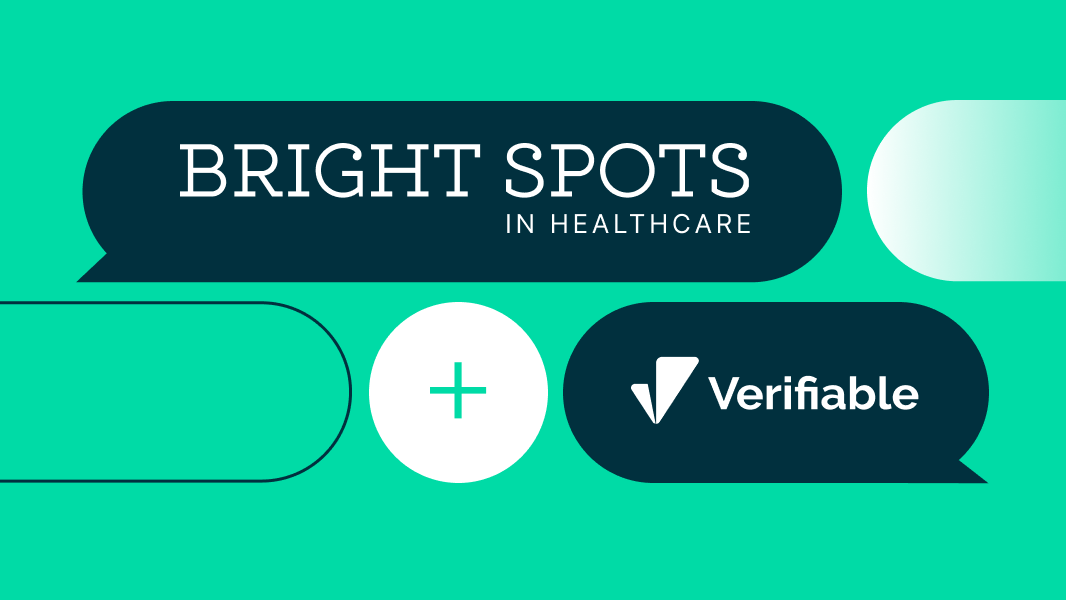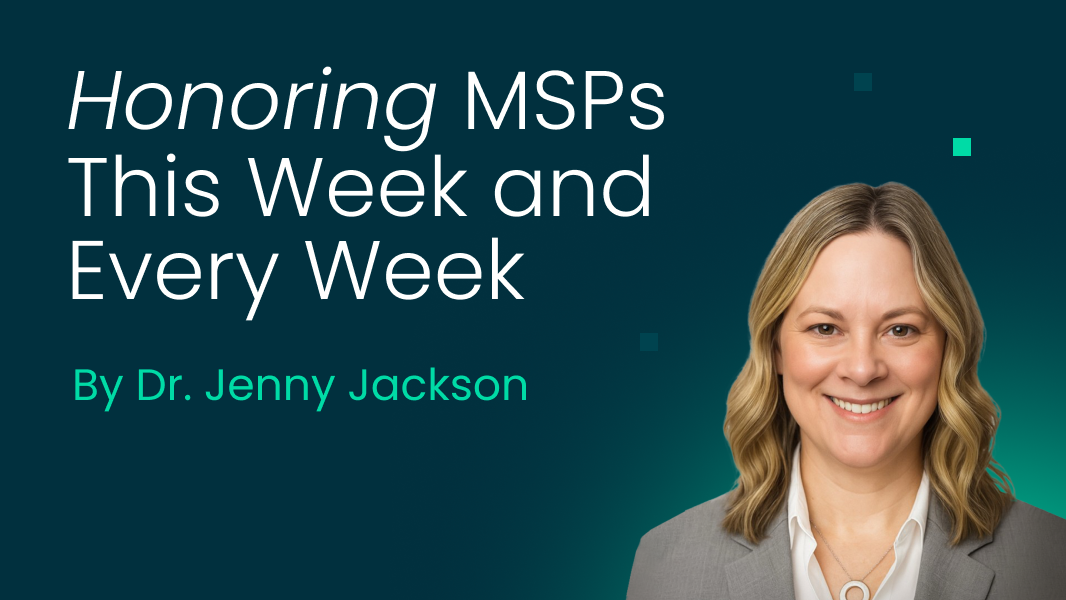This article "From legacy to scalable: Engineering the AI-powered credentialing stack" originally appeared in Healthcare IT News on October 13th, 2025.
The evolution of cloud computing, interoperability standards like FHIR and the explosion of big data have created a perfect storm for AI adoption. This has put healthcare organizations in an ideal position to centralize and standardize vast amounts of information, from patient records to provider credentials, in a way that has only recently become possible at scale.
The data needed to drive these changes, however, is only as valuable as the tools used to process it. Legacy systems, manual workflows and siloed data platforms struggle to handle healthcare data’s volume and complexity. This technological bottleneck is what’s driving healthcare organizations to seek out intelligent automation.
Healthcare is a complex industry full of nuance where attempts at automation often fall short. The next generation of AI is designed to adapt to these complexities, intelligently handling exceptions and navigating gray areas. This creates a powerful collaboration between technology and people, keeping a human in the loop for oversight. The AI handles high-volume, repetitive tasks, freeing up teams to focus on strategic work and building relationships.
AI's role and function in a complex industry
AI’s effectiveness is at its best with a robust data infrastructure at its foundation. Fortunately, organizations don’t have to wait for their data to be perfect; the right technology can help improve data quality as they go, so they can begin reaping the benefits of AI right away. Getting started incrementally is usually the best option, and distributing energy to a few pilots will yield insights into where the highest opportunity meets the highest probability of success at scale.
The shift toward leveraging AI in healthcare is not just about automation; it’s about providing a new layer of intelligence to solve the industry’s most pressing administrative challenges. AI should be focused on transforming complex workflows, not just automating tasks.
One use case where AI can make a near-term impact is roster ingestion. Health plans regularly receive massive, inconsistent data files from delegated groups, with inconsistencies like, for example, “St.” versus “Street” in an address or missing NPI numbers, turning what should be a simple task into a multi-day slog. AI can be used to intelligently parse, clean and reconcile this data in minutes. It can automatically check NPIs against national registries, standardize addresses and flag only the true discrepancies for human review.
AI can fundamentally improve the entire provider experience. Doctors and other practitioners are burdened by repetitive paperwork, often having to fill out the same information on dozens of applications. By leveraging AI, organizations can create a truly smart application. The system could use a provider’s existing, verified data from trusted sources to pre-populate the majority of fields in a new application. AI could then be used to automatically follow up for information that is missing or needs confirmation, turning a frustrating and time-consuming process into a simple, positive interaction. This dramatically strengthens the relationship between an organization and its providers, helping to retain talent and accelerate onboarding.
Ultimately, AI moves credentialing beyond simple data verification to proactive, intelligent guidance. Credentialing requires applying complex, nuanced policy rules that are often buried in dense manuals. AI can be trained on these documents to act as a real-time compliance engine. As a file is being processed, the AI can instantly flag a provider for having a work history gap that violates a specific policy, providing a clear warning that requires a formal attestation. This capability extends to ongoing audits, allowing an AI to run a continuous, 100% audit of delegated data to spot anomalies in real-time. This proactive approach allows organizations to manage risk and ensure compliance before it ever becomes a problem, turning what has historically been a reactive process into a strategic advantage.
Building with AI for the future of healthcare
The path to an AI-powered future in healthcare operations is a multi-step journey. Using the example of provider credentialing, a critical and often still manual process with major compliance implications, we can break this journey down into three phases:
- Phase 1: Foundational automation and data normalization. This phase begins with automating repetitive tasks like data entry and primary source verifications (PSV). This not only reduces the administrative workload but also lays the groundwork for everything that comes next by creating a consistent data layer for the key aspects of the process.
- Phase 2: Smart assistance. This is a more advanced phase where AI acts as a smart assistant. Examples of how AI can be deployed at this stage include intelligently comparing data, flagging discrepancies for human review, and recommending decisions based on policy interpretation and historical data. By focusing the involvement of credentialing specialists only to where they are needed, we naturally improve the effectiveness and efficiency of the people and processes involved.
- Phase 3: Autonomous workflow operations. The ultimate vision is for AI to manage entire workflows autonomously. In this future state, human specialists will shift to auditing outcomes and building relationships, with the AI streamlining the credentialing process wherever possible.
The future of healthcare operations and credentialing isn't about technology replacing people — it’s about technology enhancing the human element. Credentialing specialists can shift their focus from tedious data entry to high-level analysis, exception handling and building relationships, adding new value to their organizations. The ROI is clear: lower labor costs, faster billing and a significant reduction in compliance risks. The human-technology partnership will always be the most critical factor, showing what’s possible when expertise and smart technology come together to get high-quality care to patients faster.

.svg)

.webp)


